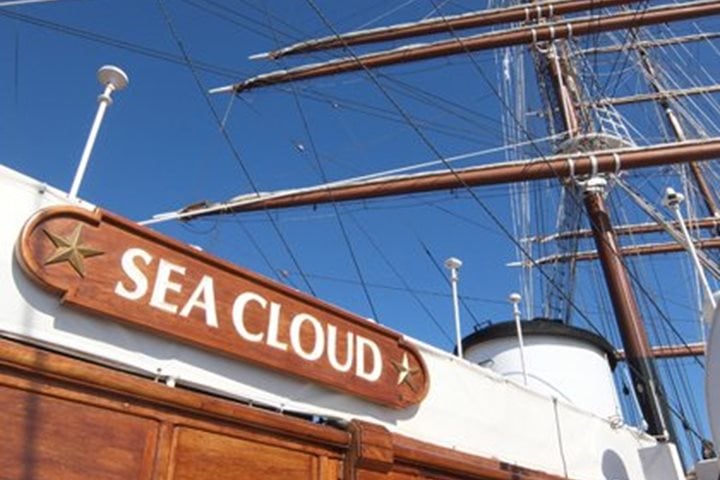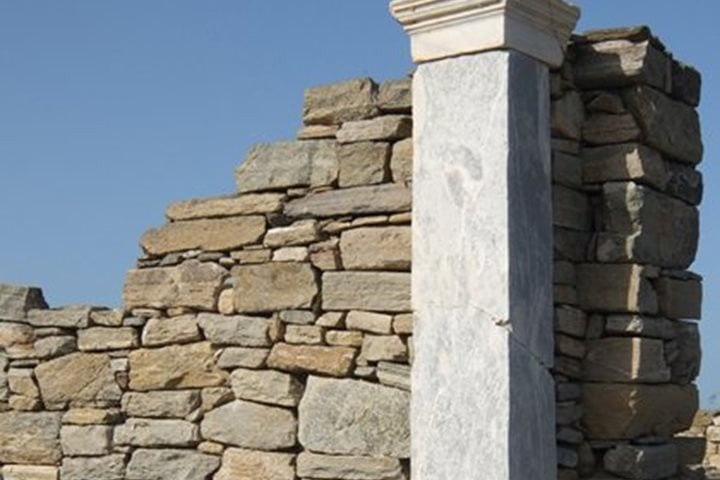Whether in-bound or outbound from the Sea Cloud, today—everyone visited the spectacular site of ancient Ephesus, which under Rome became the largest and most important trading center of the Aegean and the administrative capital of western Asia Minor. Ephesus began its rise to prominence almost a thousand years earlier as the sanctuary site of Artemis, the virgin goddess of the animals and moon and twin sister of Apollo. Over the centuries various small temples were built in her honor, but in the 6th century A.D., the Ephesians built the great Artemision, the largest Greek temple every built. One of the Seven Wonders of the World, the Artemision was surrounded by a double colonnade of 18-meter-high Ionic columns; the temple was three times the size of the Parthenon in Athens.
We started our visit at the upper gate of the ancient city passing between the columns of the Stoa of Basileios and into the Odeion, which was used both as the city council hall (Bouleuterion) and a concert hall. We continued down to the Monument of Memmius and the Gates of Hercules both of which are located along Kuretes Street, the main avenue of Roman Ephesus. Over the past decades the Austrian archaeologists, who have long held the excavation permit for this site, have partially reconstructed various monuments along this street including the Temple of Hadrian and the Fountain of Trajan, as well as the magnificent façade of the Library of Celsus.
From time to time we detoured off the main thoroughfare to visit the Roman latrines, a brothel, and baths. One of the highlights was a special visit into “Terraced Houses,” seven peristyle-homes of the “Rich and Famous” with frescoed and marble clad-walls, mosaic floors, and colonnaded interior courtyards. After taking way too many photos of the façade of the Celsus Library, we exited the main part of the site through the Gate of Mazaeus and Mitridates and walked through the Tetragonos Agora and onto the Great Theater. Extended in the 1st century B.C., the theater held 24,000 people. Our two-and-half-hour visit seemed to fly by and all too soon it was time to find our buses in the car park located behind the gauntlet of vendors selling Turkish delight and genuine ”fake watches.”
For some this visit was the highlight of week-long trip exploring the both the Greek Cycladic Islands and the Turkish coast, for others it was a fantastic start to a week of grand adventures!







